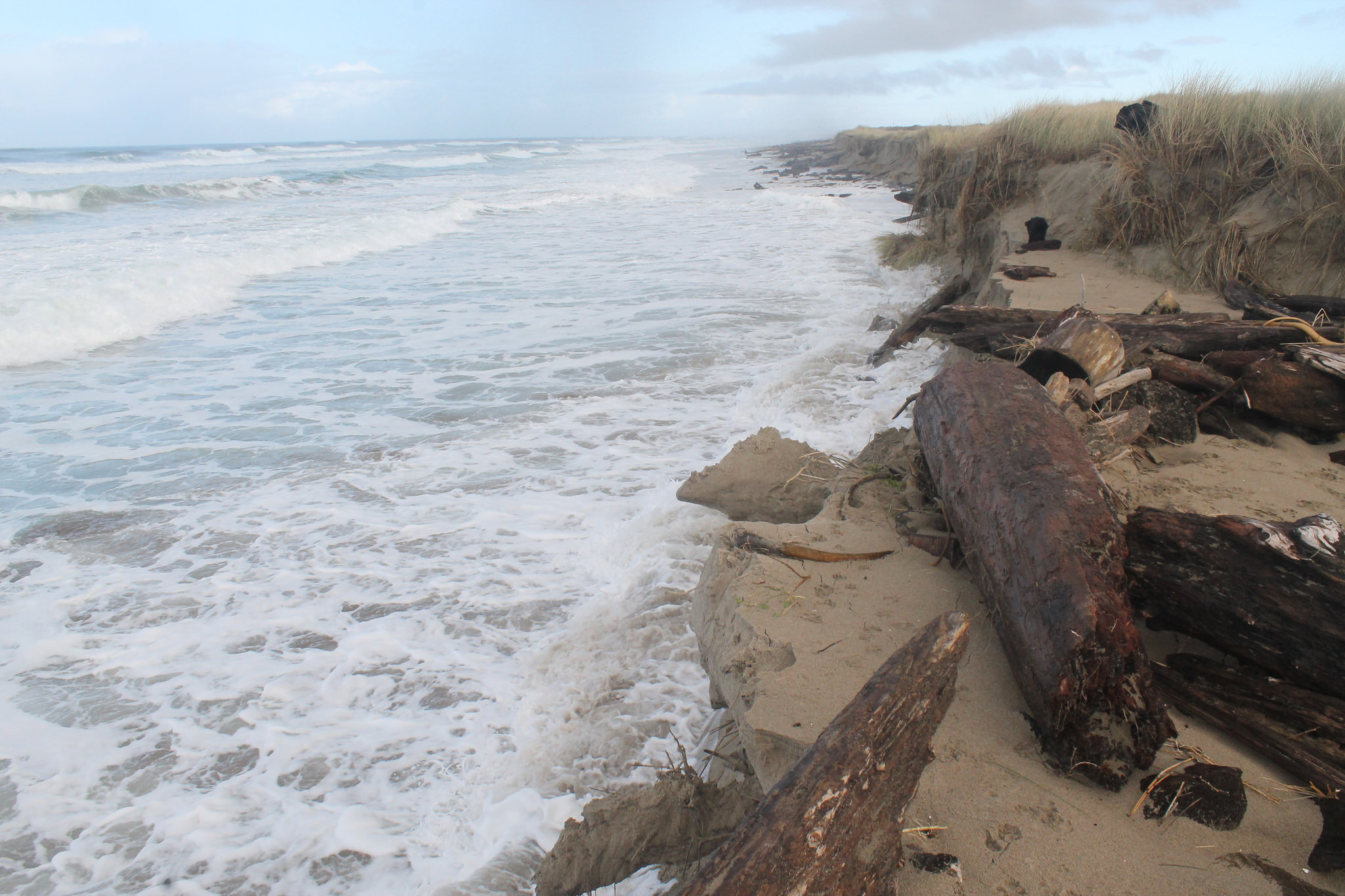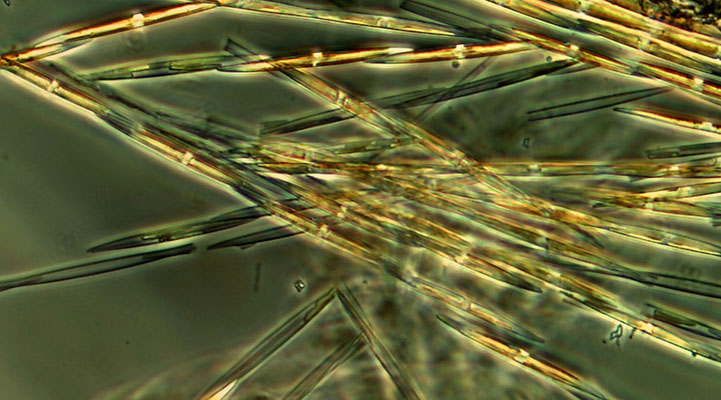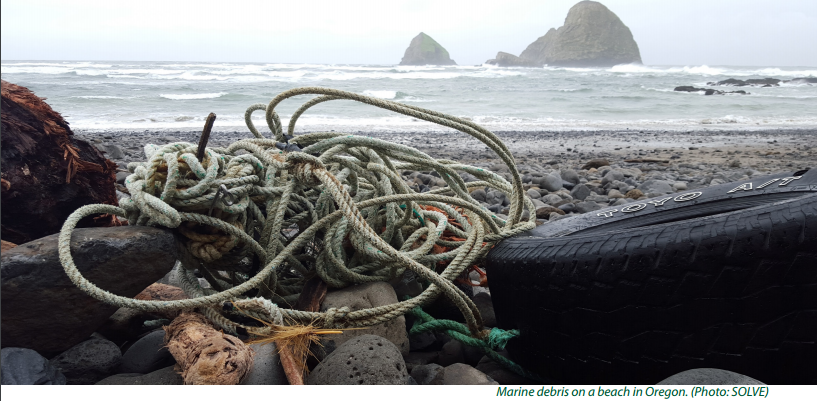Oil Spill Contingency Planning
 Environmental Quality (DEQ) and facilities that store, transport, or process large amounts of oil products. Vessels and facilities have their own plans for stopping spills before they can spread. Oregon DEQ regulates these facility plans and also develops plans for areas that contain many potential sources of oil spills or that are especially vulnerable to harm from oil spills. The Oregon Coast is one such area.
Environmental Quality (DEQ) and facilities that store, transport, or process large amounts of oil products. Vessels and facilities have their own plans for stopping spills before they can spread. Oregon DEQ regulates these facility plans and also develops plans for areas that contain many potential sources of oil spills or that are especially vulnerable to harm from oil spills. The Oregon Coast is one such area.Updating Oregon's Oil Response Plans
In summer 2019, DEQ will release updated oil spill response plans for the Oregon coast with new strategies to contain and collect spilled oil and keep it away from sensitive natural, cultural, historic, and socioeconomic resources. Where possible, the new oil spill response plans for the coast will include strategies to protect rocky shore areas for the species that live there and the people who visit them. These plans will also include information for notifying resource managers and affected facilities when spills happen.
pdf View the 2018 Oil Spill Contingency Planning Annual Report (399 KB)
Oregon King Tides
 The King Tide Photo Initiative is an international grass roots effort to document areas inundated by the highest projected winter tides. It started in Australia, when in 2009, they were expected to experience their highest tide (called a king tide) in over 18 years. They organized a photo event to document the effect of the tide on low-lying areas and received more than 2,000 photographs. In 2010, British Columbia and Washington both began to document their king tides, and in 2011 Oregon and San Francisco Bay joined in the project. In 2012, the King Tide phenomena spread to the east coast and continues to expand today.
The King Tide Photo Initiative is an international grass roots effort to document areas inundated by the highest projected winter tides. It started in Australia, when in 2009, they were expected to experience their highest tide (called a king tide) in over 18 years. They organized a photo event to document the effect of the tide on low-lying areas and received more than 2,000 photographs. In 2010, British Columbia and Washington both began to document their king tides, and in 2011 Oregon and San Francisco Bay joined in the project. In 2012, the King Tide phenomena spread to the east coast and continues to expand today.
This Season's King Tides
November 25 - 27, 2023
December 13 - 15, 2023
January 11 - 13, 2024
February 8-10, 2024
Marine Debris
In the United States, marine debris is defined as “any persistent solid material that is manufactured or processed and directly or indirectly, intentionally or unintentionally, disposed of or abandoned into the marine environment or the Great Lakes.” Oregon State law defines marine debris similarly. Marine debris is a growing global problem that harms the environment and commerce, and threatens navigation safety and human health.
Sea Star Wasting Disease

In April 2014, Oregon began to experience a massive die-off of sea stars (Pisaster ochraceus) in near-shore environments. The cause of the depletion was named Sea Star Wasting Disease. This affliction was characterized by twisting arms, then deflation and/or lesions, lost arms, losing grip on substrate, and finally disintegration. A proximate cause of wasting was likely the “Sea Star associated Densovirus”, but the ultimate factors triggering the epidemic, if any, remain unclear. Although warm temperature has been proposed as a possible trigger, Sea Star Wasting Disease in Oregon populations increased with cool temperatures.
Harmful Algal Blooms
 Over 300 species of phytoplankton have been implicated in causing “red tides”. While most “red tides” are harmless, over 80 phytoplankton species may produce toxins that are harmful to humans and marine life. Harmful Algal Blooms (HABs) have been responsible for closures of shellfish and crab fisheries off the Oregon coast in recent years, resulting in negative social and economic impacts for coastal communities and across the state. In response, the state of Oregon and the National Oceanic and Atmospheric Association have been engaged in efforts to research and monitor the potential causes and extent of HABs to better understand the risks.
Over 300 species of phytoplankton have been implicated in causing “red tides”. While most “red tides” are harmless, over 80 phytoplankton species may produce toxins that are harmful to humans and marine life. Harmful Algal Blooms (HABs) have been responsible for closures of shellfish and crab fisheries off the Oregon coast in recent years, resulting in negative social and economic impacts for coastal communities and across the state. In response, the state of Oregon and the National Oceanic and Atmospheric Association have been engaged in efforts to research and monitor the potential causes and extent of HABs to better understand the risks.
Follow the links below to learn more about HABs and their impacts
NOAA Harmful Algal Blooms Website
Oregon Department of Fish and Wildlife - Harmful Algal Blooms Website





















